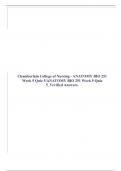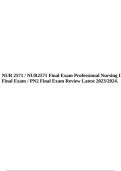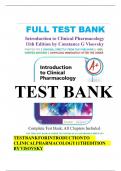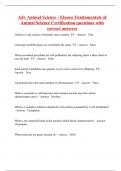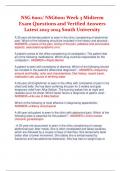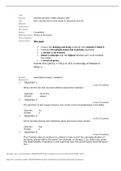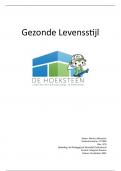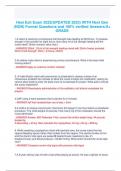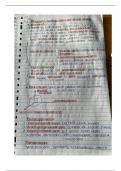Exam (elaborations)
WGU C207 Data-Driven Decision-Making Final Exam (2024 / 2025) Questions and Verified Answers, 100% Guarantee Pass
- Course
- Institution
WGU C207 Data-Driven Decision-Making Final Exam (2024 / 2025) Questions and Verified Answers, 100% Guarantee Pass WGU C207 Data-Driven Decision-Making Final Exam (2024 / 2025) Questions and Verified Answers, 100% Guarantee Pass WGU C207 Data-Driven Decision-Making Final Exam (2024 / 2025) Que...
[Show more]




